No products in the cart.
Sale
Goralatide | CAS 120081-14-3 | Thermal Sensitivity Modulator for Hematopoietic and Leukemia Research
Original price was: $42.00.$35.00Current price is: $35.00.
Goralatide (CAS 120081-14-3) is a synthetic peptide that modulates thermal sensitivity in hematopoietic progenitor cells. It selectively reduces heat sensitivity in normal progenitors while maintaining or enhancing sensitivity in leukemic cells, widening the therapeutic window for hyperthermia-based oncology research.
Description
Product Description
Goralatide is a synthetic peptide known for its ability to regulate thermal sensitivity in hematopoietic progenitor cells. It was originally identified in studies exploring methods to optimize hyperthermia therapy, a clinical strategy that leverages controlled temperature elevation to selectively damage cancer cells while sparing normal tissues.
By differentially modulating the thermal responses of normal and leukemic progenitor cells, Goralatide effectively broadens the safety and efficacy window of heat-based cancer research treatments. This property makes it a unique biochemical tool for investigating temperature-dependent cellular processes in hematopoiesis and leukemia pathophysiology.
Scientific Background
Hyperthermia therapy relies on exposing cells or tissues to mild heat stress (typically 41 – 43 °C) to induce selective cytotoxicity. Normal cells possess intrinsic mechanisms for heat shock response and thermotolerance, while malignant cells—especially leukemia progenitors—often display impaired adaptive stress responses. Goralatide enhances this distinction, protecting normal progenitors but leaving leukemic progenitors vulnerable to heat-induced apoptosis.
The compound’s discovery marked a significant step in understanding temperature-sensitive regulation of stem and progenitor cell function. Studies have shown that pretreatment with Goralatide decreases thermal sensitivity in bone marrow–derived progenitors by upregulating specific heat shock proteins (HSPs) and stabilizing cellular membranes.
Differential Effects on Normal and Leukemic Cells
Goralatide selectively alters the expression of HSP70, HSP90, and heat shock transcription factor-1 (HSF-1), contributing to enhanced resilience in healthy progenitor cells. Conversely, in leukemic progenitors, the peptide can amplify metabolic stress, inhibit adaptive chaperone responses, and promote apoptosis.
This differential modulation forms the basis of its value in thermo-oncology research, allowing precise modeling of cellular tolerance thresholds, survival signaling, and apoptosis kinetics across malignant and normal hematopoietic populations.
Molecular and Cellular Research Applications
Goralatide has become an instrumental molecule for investigating:
Mechanisms of heat shock response (HSR) and cellular thermotolerance
Hematopoietic progenitor protection during hyperthermia exposure
Selective leukemia cell sensitization for thermal cytotoxicity studies
Protein chaperone regulation and mitochondrial stability under heat stress
Development of adjunct compounds to improve hyperthermia-based cancer therapies
Researchers employ Goralatide to differentiate heat stress thresholds between normal and cancerous hematopoietic cells, aiding in the design of combination protocols that integrate hyperthermia with chemotherapeutic or radiologic agents.
Biological Function and Relevance
At the cellular level, Goralatide functions as a thermal sensitivity regulator that modulates intracellular stress signaling pathways, particularly those associated with:
HSP induction
Reactive oxygen species (ROS) control
Apoptotic regulator expression (Bcl-2, Bax, and Caspases)
DNA damage repair coordination following heat exposure
Its biochemical mechanism underscores the intricate interplay between proteostasis networks, membrane fluidity, and temperature-dependent gene expression in determining cell fate under thermal stress.

Product Specifications
| Parameter | Specification |
|---|---|
| Product Name | Goralatide |
| CAS Number | 120081-14-3 |
| Synonyms | Thermal sensitivity modulator peptide, HSP-inducing peptide, thermotolerance regulator |
| Molecular Formula | C₃₈H₆₁N₁₁O₁₀ |
| Molecular Weight | 847.97 g/mol |
| Purity | ≥99% |
| Appearance | White lyophilized powder |
| Solubility | Soluble in water, PBS, and DMSO |
| Storage Conditions | −20 °C, desiccated, light-protected |
| Applications | Thermal modulation research, hematopoietic protection, leukemia sensitivity, hyperthermia mechanism studies |
Mechanism of Action
Goralatide operates through a multifaceted mechanism centered on heat shock response modulation and differential cell-type sensitivity regulation.
1. Modulation of Heat Shock Proteins (HSPs)
Upon exposure to Goralatide, normal hematopoietic progenitor cells upregulate HSP70 and HSP90, essential chaperones that prevent protein denaturation under stress. This action maintains enzymatic stability, membrane integrity, and mitochondrial function at elevated temperatures.
HSF-1 Activation: Goralatide promotes phosphorylation of heat shock transcription factor-1, enhancing transcription of protective chaperone genes.
Proteostasis Maintenance: Elevated HSP levels assist in proper folding and refolding of thermally damaged proteins, reducing aggregation and apoptosis in normal progenitors.
2. Differential Effect on Leukemia Cells
Leukemic progenitor cells display altered signal transduction networks and redox imbalances, making them more heat-sensitive. Goralatide interferes with their compensatory mechanisms by:
Suppressing HSF-1 activity, leading to inadequate HSP induction.
Amplifying mitochondrial oxidative stress and cytochrome c release.
Enhancing caspase-3/9 activation and apoptosis under mild hyperthermia conditions.
This selective stress sensitization increases the therapeutic window between normal and malignant cells, a key parameter for developing safer hyperthermia strategies.
3. Cytoplasmic Membrane and Cytoskeletal Stabilization
Thermal damage often compromises membrane fluidity and cytoskeletal architecture. Goralatide integrates into membrane microdomains, improving lipid bilayer stability and preventing excessive ion leakage. In normal progenitors, this protects against osmotic imbalance and necrotic cell death.
In leukemic cells, however, the compound destabilizes cholesterol-rich rafts, impairing signaling clusters necessary for stress adaptation.
4. Redox and Metabolic Pathway Regulation
Goralatide fine-tunes oxidative stress responses by:
Enhancing superoxide dismutase (SOD) and glutathione peroxidase (GPx) activities in healthy progenitors.
Inhibiting antioxidant enzyme expression in leukemia cells, resulting in accumulation of ROS during heat exposure.
Promoting differential ATP utilization, favoring cell survival in normal progenitors while exhausting energy reserves in malignant ones.
5. Integration with Hyperthermia Therapy Models
In experimental hyperthermia setups, Goralatide administration prior to heat treatment leads to:
Improved colony-forming capacity of normal bone marrow progenitors.
Enhanced apoptosis in leukemia progenitor populations.
A widened inhibition window, representing the differential survival advantage between normal and malignant cells.
This combination of protective and sensitizing actions makes Goralatide a cornerstone reference molecule for studying temperature-selective cytotoxicity and optimizing thermo-oncology protocols.

Side Effects
In controlled research contexts, Goralatide exhibits low inherent toxicity and predictable dose-dependent responses. Reported in vitro observations include:
Mild transient cytoplasmic granulation at supra-physiological doses.
Possible pro-oxidant behavior in high-oxygen culture systems if antioxidant buffering is insufficient.
Rare reversible pH shifts in medium due to peptide hydrolysis.
No genotoxic or mutagenic effects have been observed in standard Ames or micronucleus assays. The compound is not associated with off-target receptor binding or hormonal interference.
Researchers should employ concentration ranges optimized for their cellular model (commonly 0.1 – 10 µM). As with all peptides, avoid repeated freeze-thaw cycles to maintain biological activity.
Keywords
Goralatide, thermal sensitivity modulator, hyperthermia research peptide, hematopoietic progenitor protection, leukemia thermosensitivity, heat shock protein regulator, differential cell response, thermal cytotoxicity, thermotolerance enhancer, hyperthermia therapy model
Shipping Guarantee
All shipments are handled using validated cold-chain logistics to preserve peptide integrity. Each package is sealed in moisture-proof containers with secondary protective wrapping and continuous temperature monitoring. Products are shipped via express international couriers with full tracking and insurance coverage.
Trade Assurance
We ensure product authenticity, verified ≥99% purity, and compliance with analytical standards (HPLC, MS, and NMR). Each batch is supplied with a Certificate of Analysis (CoA). Our trade assurance policy guarantees replacement or refund for any deviation from listed specifications.
Payment Support
We provide flexible and secure global payment options to support international research transactions. Accepted payment methods include PayPal, major credit cards (Visa, MasterCard, American Express), telegraphic transfer (T/T), and cryptocurrencies (USDT, Bitcoin, Ethereum). All transactions are protected by industry-standard encryption and verified payment gateways to ensure confidentiality and fund security.
Disclaimer
All products listed are intended for laboratory research use only and not for human or veterinary use. They are not drugs, medical devices, or diagnostics and should not be administered to humans or animals. Researchers must handle all materials in accordance with institutional biosafety and chemical safety guidelines. The information provided is for scientific reference only and does not imply therapeutic efficacy, safety, or regulatory approval.
Additional information
| Weight | 0.8 kg |
|---|---|
| Dimensions | 62 × 53 × 62 cm |
What is Goralatide?
Goralatide is a synthetic peptide that modulates the thermal sensitivity of hematopoietic progenitor cells, supporting hyperthermia research.
What is its CAS number?
CAS 120081-14-3.
How does Goralatide work?
It protects normal progenitor cells by inducing heat shock proteins and sensitizes leukemic progenitors to heat-induced apoptosis.
What is the purity of the product?
Each batch is verified ≥99% purity.
What are its primary applications?
Thermal modulation, hematopoietic protection, leukemia sensitivity analysis, and hyperthermia therapy research.
Is Goralatide cytotoxic?
It exhibits low inherent toxicity; effects are primarily thermal-context dependent.
How should Goralatide be stored?
Store at −20 °C in a dry, light-protected environment.
Is it soluble in aqueous buffers?
Yes, soluble in water, PBS, and DMSO.
Can it be used in animal or clinical studies?
No, it is strictly intended for laboratory research use only.
Does it have verified analytical documentation?
Yes, supplied with a full Certificate of Analysis confirming identity and purity.

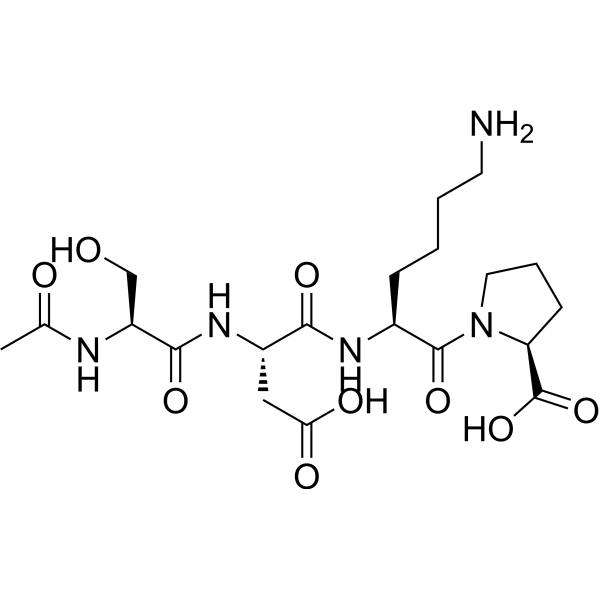
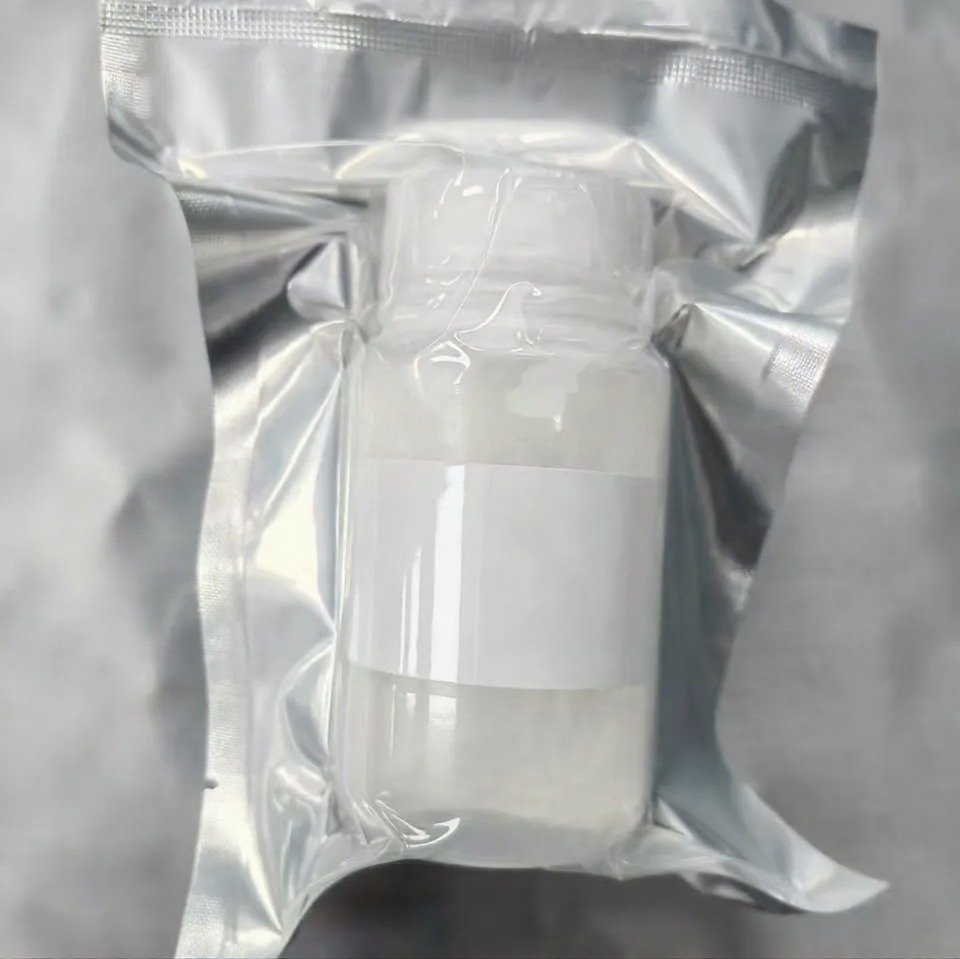

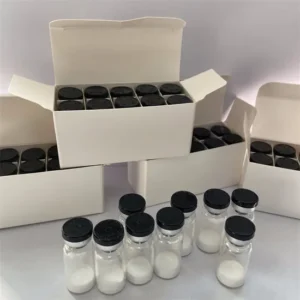
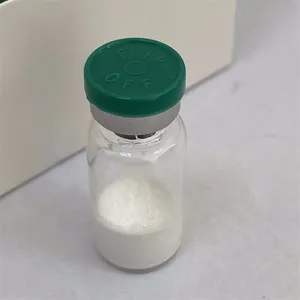
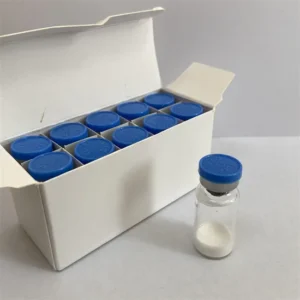
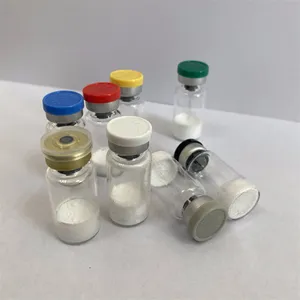
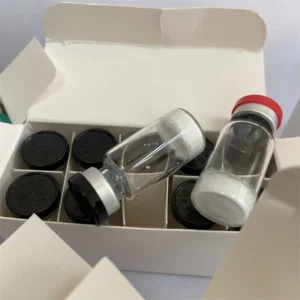
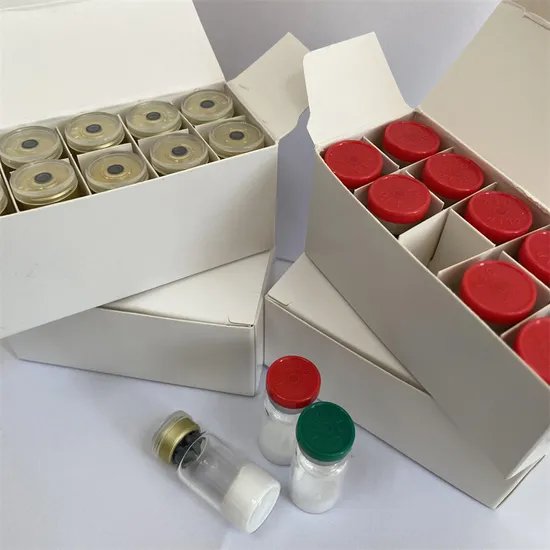
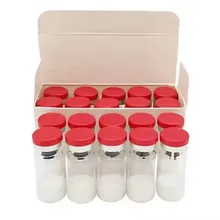
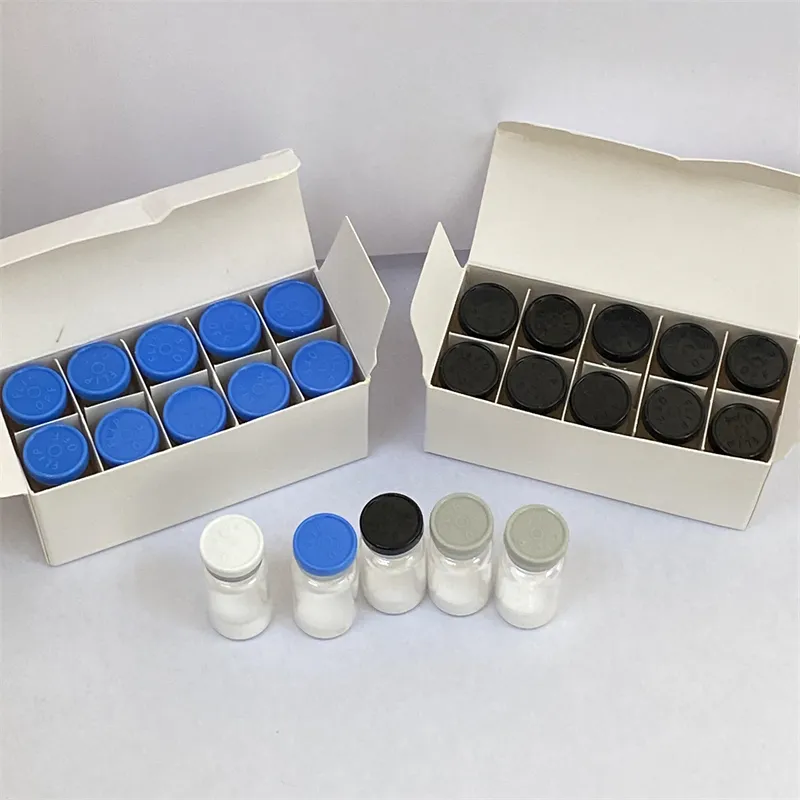
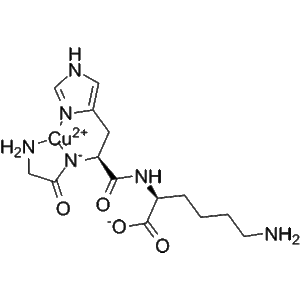
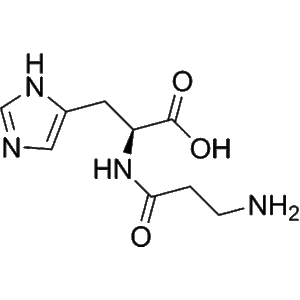
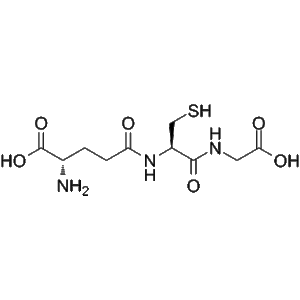
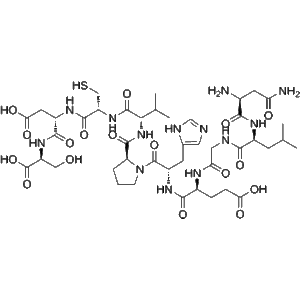
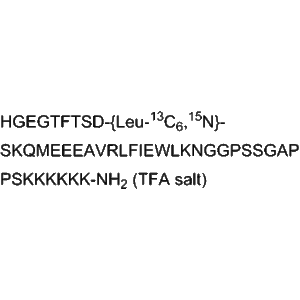
Reviews
There are no reviews yet.